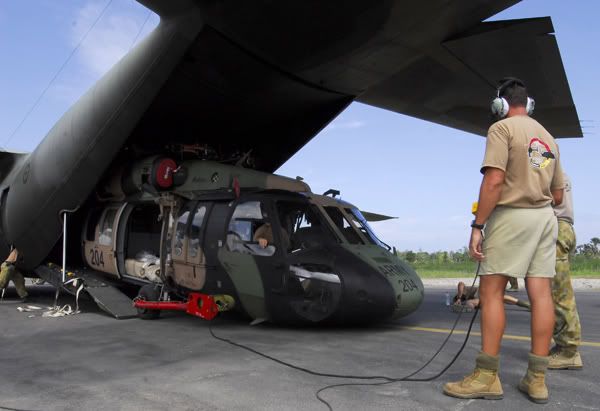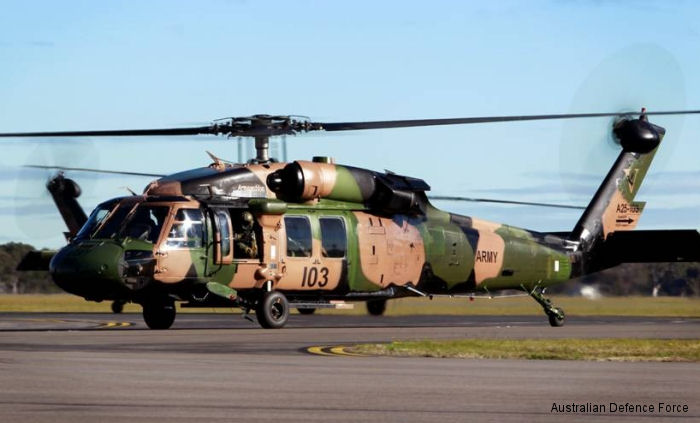Generally the NH-90 is going OK but it is I understand fairly expensive to operate.Well put, I think that increasing the AW 109 numbers is a must and should be early cab off the rank should additional funds be come available. NZ armed forces have always suffered from not having the right numbers of major equipment to achieve what is expected of them and rotary is no exception to this. I remember when I was at DEF HQ the minister ordered a review of UH1 numbers, ( from memory one of the criteria was to transport a company a set distance in a set time, there was a lot more which I have forgotten.) The min number was said to be 20 and some work was done towards this achieving this number. be for the project was scrapped.
A significant increase in AW 109's would also improve the availability of the NH90 as they are often used in tasks that their size is not needed. Mr C do you have any info on how the NH90 is going in RNZAF service as what I have heard locally is generally fairly positive.
I was interested in your comments in regard to the C 130 SLEP in allowing time for the A 400 project to mature. It would appear that the RNZAF was moving away from the C 130 J at that time. However it must be remembered that the J was experiencing significant problems then, with a low availability to add to this, these problems have since been solved.
I don't think that we need to increase the numbers of the A109. We have enough for solely the rotary pilot and crew training role with five and a simulator. It is a superb training platform.
The capability gap exists in the space between the A109 training role and the NH90 as the principal rotary platform that would be operationally deployed to support a CATG. The gap is with respect to MAOT, rapid air deployed HADR & SASO into the Pacific via C-130, SAR and SOF training and support including CT. Also lets be clear here - this will not be a platform that will likely go with a CTAG to participate in a medium intensity UNSC Chp VII event - that is the NH90's job.
Rather than buying more A109s and a couple more NH90s to cover this the more pragmatic solution is introduce a proven utility helicopter to do this - smaller and less expensive to operate than the NH90 and larger and more capable than the A109. The solution is blindingly obvious with the regenerated UH-60L (or ideally Victor model with the latest digital cockpit). The impact of operating a third type is mitigated through support contracts - the current Hawker Pacific model for example or what LM are doing with the ten Blackhawks that will undertake firefighting duties in OZ.



